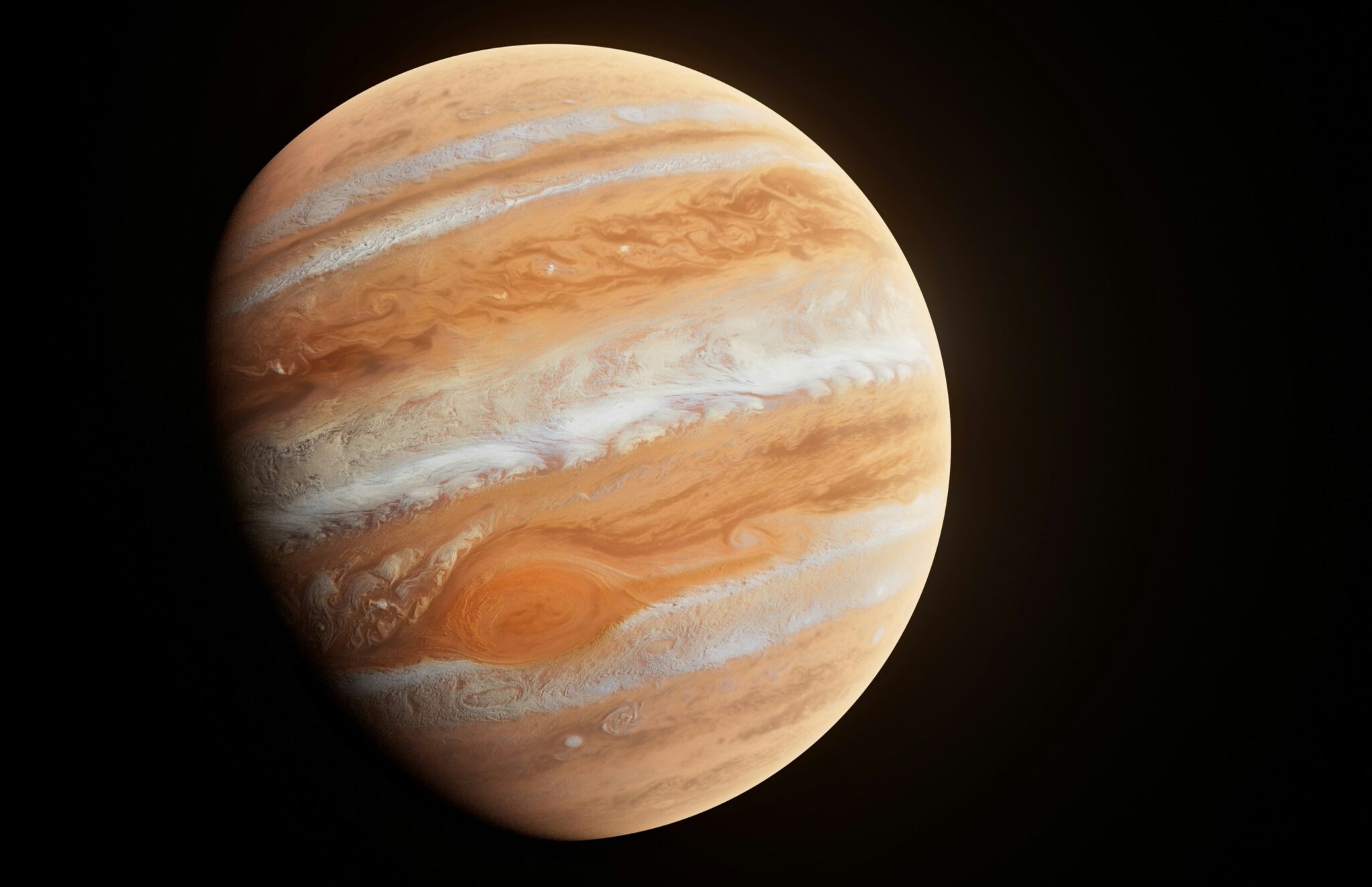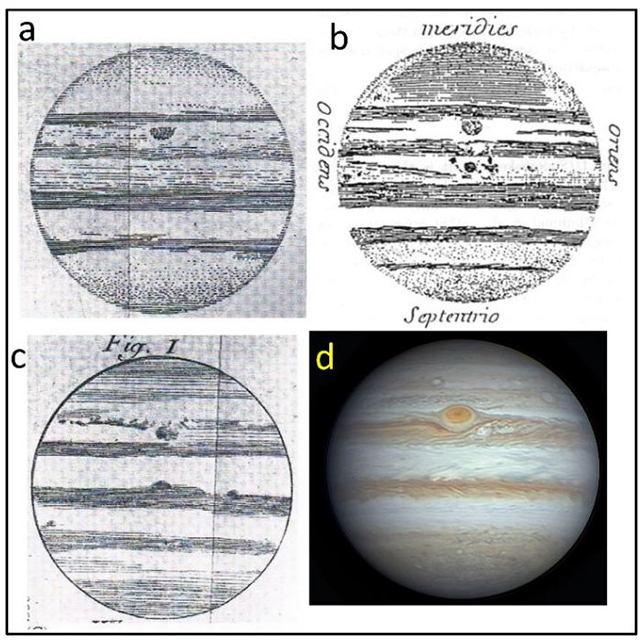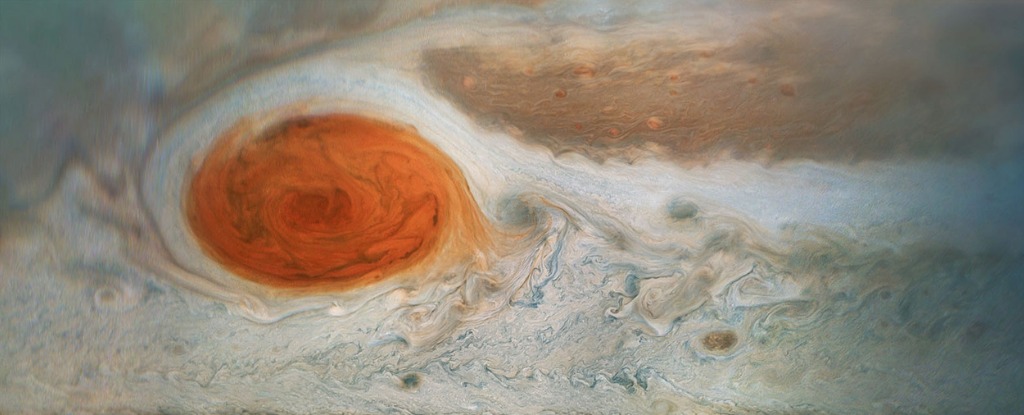Jupiter’s Great Red Spot is one of the most prominent and most famous phenomena of the Solar System. This huge storm, which is larger than Earth, has been observed by astronomers since the 1600s. However, the date of its formation and the duration of its existence remain debatable. Do we observe the same phenomenon throughout the centuries?

The first observations may have been made in 1632 by a German Abbot, and 32 years later another observer noticed the storm moving from east to west. In 1665, Giovanni Cassini explored Jupiter and recorded a storm at the same latitude. Cassini and other astronomers observed the storm until 1713, calling it the Constant Spot.
After that, astronomers lost trace of the storm for 118 years, until astronomer S. Schwabe noticed a new oval structure at the same latitude. This observation may have been the first record of a modern-day Great Red Spot forming again.
A recent study published in the journal Geophysical Research Letters combined historical records with computer modeling of the storm. The paper is titled “The Origin of Jupiter’s Great Red Spot,” and its lead author is Agustín Sánchez-Lavega, a professor of physics at the University of the Basque Country in Bilbao, Spain.

“Jupiter’s Great Red Spot (GRS) is the largest and longest-lived known vortex of all solar system planets, but its lifetime is debated, and its formation mechanism remains hidden,” the authors write.
From the size and motion measurements, the researchers concluded that it is unlikely that the current Great Red Spot and the storm observed by Cassini are one and the same. It may have disappeared between the mid-18th and 19th centuries. So, the modern GRP has existed for more than 190 years.
Modern research on Jupiter’s Great Red Spot
Astronomers have new instruments at their disposal these days. Space telescopes and spacecraft are studying Jupiter in more detail. The first detailed image of Jupiter’s Great Red Spot was taken by NASA’s Voyager-1 spacecraft in 1979. The Galileo and Juno spacecraft have since provided more detailed images and data about Jupiter and its red spot. In particular, the Juno spacecraft transmitted an image of the planet from an altitude of only 8 thousand kilometers. It uses Junocam, and NASA invites anyone willing to process these images, resulting in nifty images of the storm.

Juno also measured the depth of Jupiter’s Great Red Spot, which previous spacecraft could not achieve. It turned out that the storm is shallow and thin compared to its horizontal dimensions – it is about 500 km thick.
Jupiter’s atmosphere contains winds blowing in opposite directions at different latitudes. To the north of the spot, the wind moves westward at 180 km/h, and to the south side of the spot, the wind moves eastward at 150 km/h. These winds create a powerful shift that contributes to the formation of the vortex.
Confirmation of age in simulation
In supercomputer simulations, the researchers looked at different forces that could have caused the huge spot. They investigated giant superstorms and the phenomenon of merging smaller vortices created by wind shift. None of these scenarios matched the current Great Red Spot. However, simulations looking at the instability of Jupiter’s winds, known as the Southern Tropical Disturbance (STrD), have proven to be more accurate. The STrD captures a variety of winds and forms an anticyclonic storm similar to the GRS.
Modeling shows that over time, Jupiter’s Great Red Spot would rotate faster as it shrank and became more coherent and compact until it became more similar to the present day. Since this is what the spot looks like now, the researchers have settled on this explanation. This process probably began in the mid-1800s, when the Great Red Spot was much larger than now. This leads to the conclusion that it is only about 150 years old.
Previously, we told you amazing facts about Jupiter.
According to sciencealert.com


